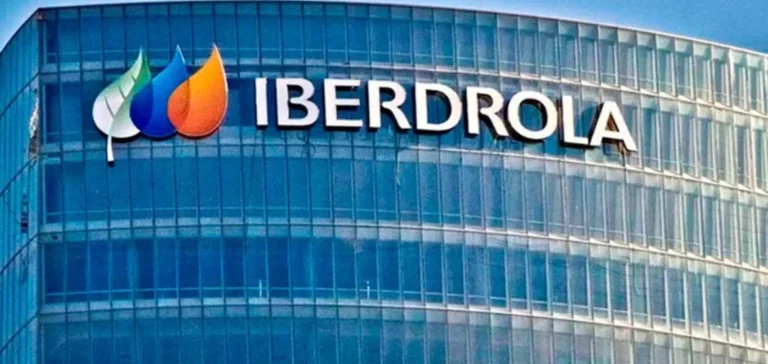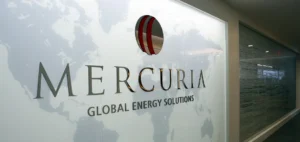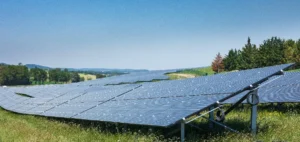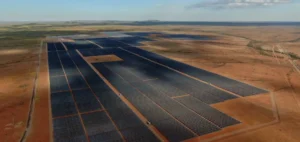Iberdrola is executing a structural transformation of its business model by massively reallocating capital towards regulated grid infrastructure. Since 2023, the Spanish group has undertaken a series of asset sales in jurisdictions deemed peripheral or politically unstable, in favour of investments in A-rated markets where regulation provides better visibility on long-term revenue streams.
Exit from non-strategic markets: Mexico, France, Eastern Europe
The most prominent divestment concerns Mexico, where Iberdrola sold 13 combined cycle gas turbine (CCGT) plants to a vehicle structured by Mexico Infrastructure Partners, with direct financial backing from Mexico’s sovereign fund Fonadin. Finalised in early 2024, the $6.2bn deal transferred 55% of Iberdrola’s Mexican assets, mainly under Power Purchase Agreements (PPAs) with the state-owned Comisión Federal de Electricidad (CFE).
In France, Iberdrola announced in late November the sale of all shares in Iberdrola Renouvelables SAS to Technique Solaire. The deal includes 118 megawatts in operation and a 639 megawatt development pipeline, mostly onshore. The buyer, an independent power producer based in Poitiers, more than doubles its installed capacity and secures multiple years of industrial visibility in a highly competitive market.
In Romania, the sale of 80 megawatts of mature wind assets to Premier Energy closed for €88mn, while in Hungary, a 158 megawatt portfolio was transferred to the same group, via a consortium with iG TECH CC, for €171mn, with closing expected by early 2026.
Alignment with the 2025–2028 strategic plan
These exits are not defensive retreats but deliberate reallocations aligned with Iberdrola’s 2025–2028 strategy. The group plans to invest €58bn over the period, with 65% dedicated to grid infrastructure and 85% in A-rated countries. The plan includes €13bn in asset rotation, combining disposals, project recycling and joint ventures in renewables.
This refocus allows the group to redirect freed-up capital to its core platforms in the United Kingdom, the United States and Brazil. In parallel, Iberdrola increased its stake in Brazilian grid operator Neoenergia to around 84%, further strengthening its operational control. Additional moves are expected in the UK grid sector, via structured partnerships and capital raises.
Reduced operational dispersion and legal risk mitigation
The disposals also aim to reduce the geographical dispersion of the portfolio and associated compliance costs. In Central Europe, increasing regulatory complexity, transitions towards market-based pricing and the small size of assets no longer justified long-term resource allocation. In France, although the regulatory framework remains stable, the profitability of onshore projects is impacted by strong competition and growing local opposition.
The Mexican exit also avoids potential disputes linked to unilateral contract changes. The government described the operation as a “new nationalisation” of the sector, marking a shift towards greater public control and a deteriorating environment for independent power producers.
Sectoral rebalancing and reshaped competitive landscape
Iberdrola’s portfolio reconfiguration redistributes strategic positions to mid-sized players. Technique Solaire, now holding nearly 757 megawatts of projects, achieves critical mass to optimise financing costs and negotiate more competitive long-term contracts, notably Corporate PPAs. In Eastern Europe, Premier Energy consolidates its role as a regional aggregator with a diversified portfolio and increasing exposure to wholesale markets.
Implied multiples stand at around €1.1mn/MW for mature wind assets, as observed in Romania and Hungary. For the French portfolio, no financial details were disclosed, but the inclusion of a sizeable pipeline suggests a higher valuation, reflecting the embedded development potential, and supporting Iberdrola’s project recycling strategy.
Network focus and improved financial profile
The shift in the business model aims to reduce cash-flow volatility and improve the group’s credit profile. By substituting non-regulated EBITDA-generating assets with investments in regulated-return grids, Iberdrola enhances its financial transparency for rating agencies. This logic is particularly visible in the United Kingdom, where the RAB (Regulated Asset Base) framework provides stable long-term revenue projections.
The refocus also simplifies resource management. Concentrating teams on a limited number of platforms — UK/US/Brazil grids and offshore renewables — reduces the need for local compliance, cybersecurity and ESG oversight, while strengthening execution capacity on large-scale, regulated projects.
Geopolitical implications and market signals
The gradual withdrawal from selected jurisdictions sends a clear message to governments: policies perceived as unstable or hostile to private investment can trigger the exit of international operators. In contrast, markets offering predictable regulation attract growing capital flows, particularly in networks and offshore renewables, where Iberdrola maintains selective exposure.
Across the European secondary market, the release of mature assets creates opportunities for institutional investors seeking stable yields. The size and frequency of transactions are enhancing liquidity for wind and solar portfolios, especially onshore. Similar asset sales could follow from other utilities such as Engie, RWE or Enel.






















